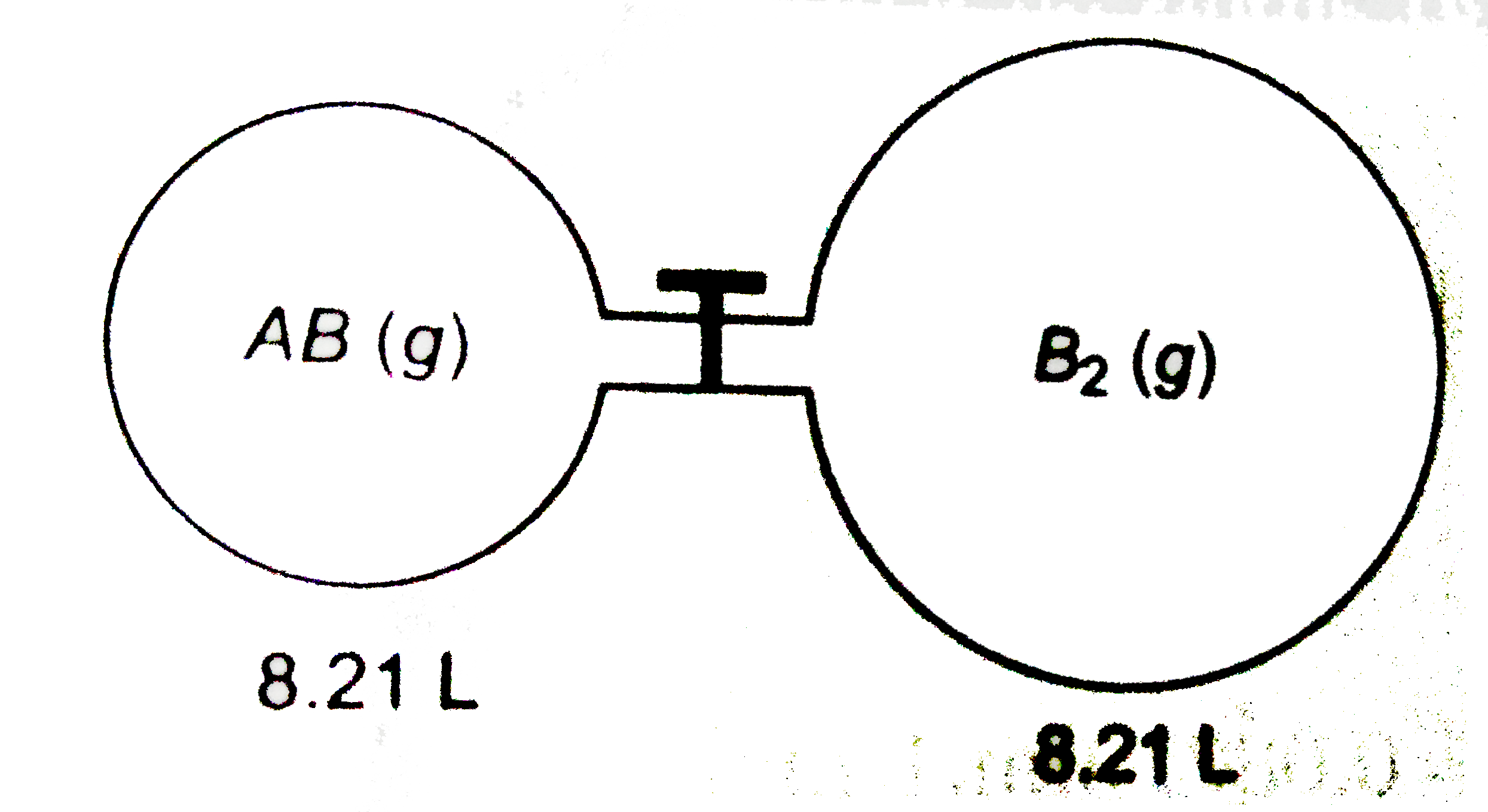A one litre flask is full of brown bromine vapour. The intensity of brown colour of vapour will not decreases appreciably on adding to the flask some
pieces of marble
animal charcoal powder
carbon tetrachloride
carbon disulphide
The correct Answer is:A
To solve the problem, we need to determine which of the given substances will not react with bromine vapor (Br2) and thus will not affect the intensity of its brown color when added to the flask.
1. Understanding the Problem:
We have a one-liter flask filled with brown bromine vapor. The question asks which substance, when added, will not significantly decrease the intensity of the brown color.
2. Identifying the Substances:
The options provided are:
- A) Pieces of marble
- B) Animal charcoal powder
- C) Carbon tetrachloride
- D) Carbon disulfide
3. Analyzing Each Option:
- A) Pieces of marble (Calcium Carbonate, CaCO3): This compound does not react with bromine. Therefore, adding it to the flask will not change the intensity of the brown color.
- B) Animal charcoal powder: This is a form of carbon that can adsorb bromine, thus potentially reducing the intensity of the brown color.
- C) Carbon tetrachloride (CCl4): This compound can dissolve bromine and may lead to a decrease in the observed color intensity.
- D) Carbon disulfide (CS2): This solvent can also dissolve bromine and will likely reduce the intensity of the brown color.
4. Conclusion:
Since pieces of marble (calcium carbonate) do not react with bromine, adding them to the flask will not appreciably decrease the intensity of the brown color of the vapor. Therefore, the correct answer is:
- A) Pieces of marble.
Final Answer:
A) Pieces of marble
We have a one-liter flask filled with brown bromine vapor. The question asks which substance, when added, will not significantly decrease the intensity of the brown color.
The options provided are:
- A) Pieces of marble
- B) Animal charcoal powder
- C) Carbon tetrachloride
- D) Carbon disulfide
- A) Pieces of marble (Calcium Carbonate, CaCO3): This compound does not react with bromine. Therefore, adding it to the flask will not change the intensity of the brown color.
- B) Animal charcoal powder: This is a form of carbon that can adsorb bromine, thus potentially reducing the intensity of the brown color.
- C) Carbon tetrachloride (CCl4): This compound can dissolve bromine and may lead to a decrease in the observed color intensity.
- D) Carbon disulfide (CS2): This solvent can also dissolve bromine and will likely reduce the intensity of the brown color.
Since pieces of marble (calcium carbonate) do not react with bromine, adding them to the flask will not appreciably decrease the intensity of the brown color of the vapor. Therefore, the correct answer is:
- A) Pieces of marble.
A) Pieces of marble
Similar Questions
Brown vapours can be of
View SolutionDensity of which of the following substance not decreases on adding in Br2 vapours :
View SolutionGive reasons for the following:
Red brown vapours are produced when concentrated sulphuric acid is added to potassium bromideView SolutionState one observation for the following :
Bromine vapours are passed into a solution of ethyne in carbon tetrachloride.View SolutionState one observation for the following :
Bromine vapours are passed into a solution of ethyne in carbon tetrachloride.View SolutionAt room temperature following traction goes to completion
2AB(g)+B2(g)→2AB2(s)
AB2 is solid with negligble vapour pressure below 0∘C. At 300 K, the AB in the smaller flask exerts a pressure of 3 atm and in the larger flask B2 exerts a pressure of 1 atm at 400 K when they are separated out by a close valve, The gases are mixed by opening the stop cock and after the end of the reaction the flask are cooled to 250 K

The final pressure is :View SolutionWhen 2g of a gas A is introduced into an evacuated flask kept at 25∘C, the pressure is found to be one atmosphere. If 3 g of another gas B are then added to the same flask, the total pressure becomes 1.5 atm. Assuming ideal gas behaviour, calculate the ratio of molecular weights MA:MB.
View SolutionWhy vapour pressure of a liquid decreases when a non− volatile solute is added to it ?
View SolutionFour one litre flasks are separately filled with the gases CO2, F2, NH3 and He at same room temperature and pressure. The ratio of total number of atoms of these gases present in the different flasks would be
View SolutionThere are four pairs of shoes of different sizes. Each of the 8 shoes can be coloured with one of the four colours. Black, Brown, White and Red. The number of ways the shoes can be coloured so that in atleast three pairs, the left shoe and the right shoe do not have the same colour is
View Solution
